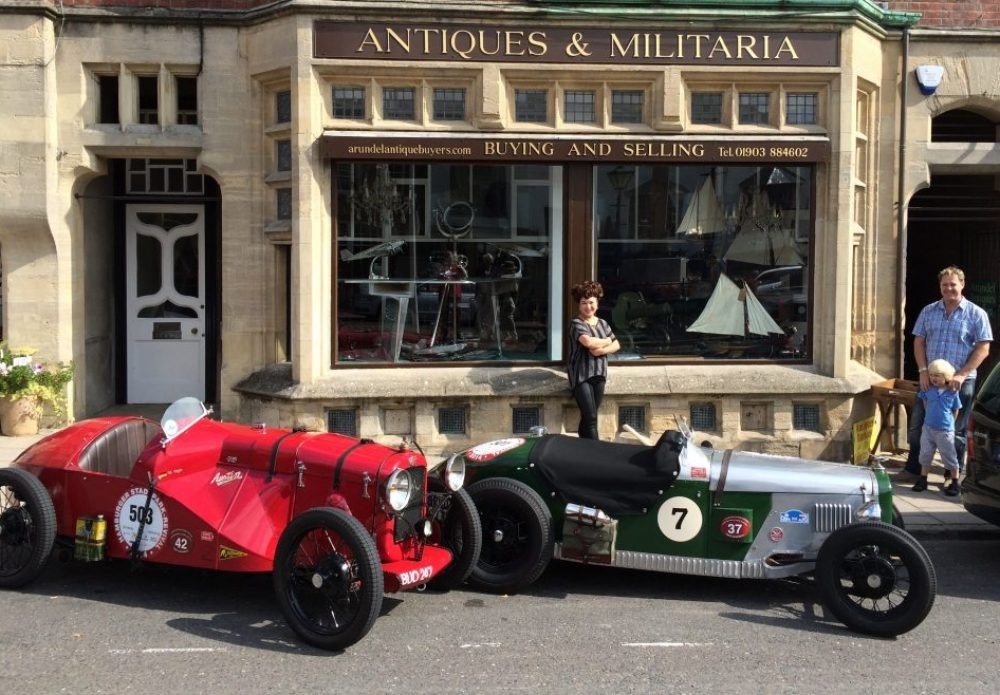
Call David on: 01903 884602
In 1940, the Royal Tank Regiment (RTR) played a significant role during World War II, particularly in the early years of the conflict. Here’s a rough history of the RTR in 1940:
1. Formation and Early Actions: The Royal Tank Regiment, established in 1917, was well-prepared for mechanized warfare. In 1940, as World War II intensified, the regiment was equipped with various tank models, including Matilda, Valentine, and Cruiser tanks.
2. Battle of France (May-June 1940): The RTR was deployed to France as part of the British Expeditionary Force (BEF). During the early stages of the Battle of France, RTR units engaged German forces in fierce armored battles. Their tanks provided critical support to infantry and helped delay the German advance.
3. Dunkirk Evacuation (May 1940): As the situation in France became increasingly dire, the RTR played a crucial role in covering the evacuation of British and Allied troops from Dunkirk. Their tanks provided defensive fire and helped protect the evacuation process.
4. North Africa Campaign: Following the evacuation from Dunkirk, some RTR units were redeployed to North Africa. This marked the beginning of the Desert War, where they would later become known for their actions in the Western Desert and play a significant role in the battles against the Afrika Korps.
5. Battles in the Western Desert: In North Africa, the RTR operated alongside other Commonwealth forces, engaging German and Italian forces in the harsh desert terrain. Their tanks were vital in the successful defense of key locations and the eventual Allied offensive.
6. Continued Operations: Throughout 1940, the RTR continued to adapt to the evolving nature of armored warfare, making improvements to their tactics and tank technology. They would go on to participate in numerous campaigns in North Africa and other theaters during the course of World War II.Overall, in 1940, the Royal Tank Regiment faced significant challenges and played a critical role in both the defense of France and the early stages of the North Africa Campaign. Their experience and contributions in armored warfare would continue to grow as the war progressed, solidifying their reputation as a key element of the British military during World War II.
